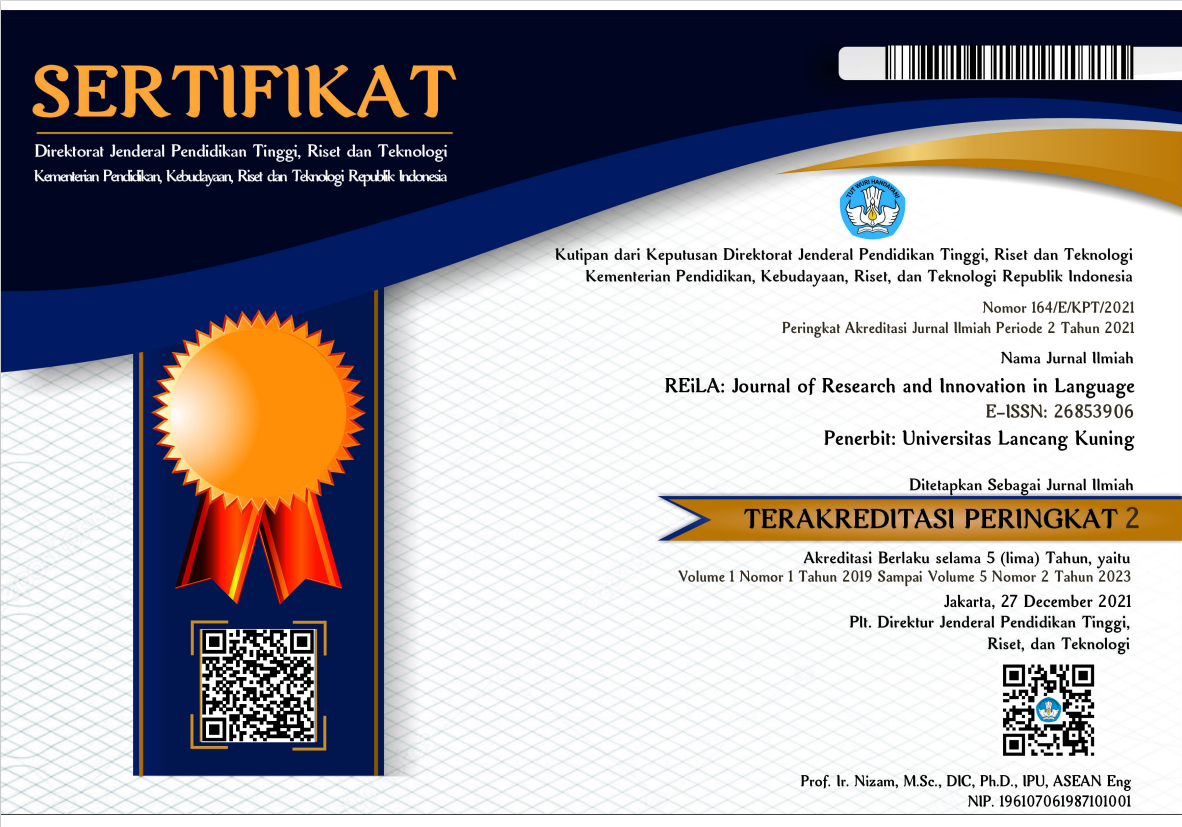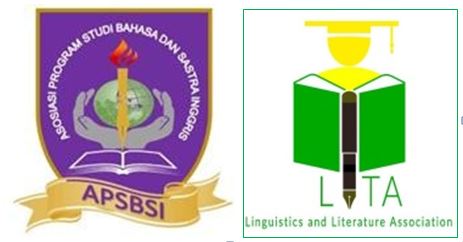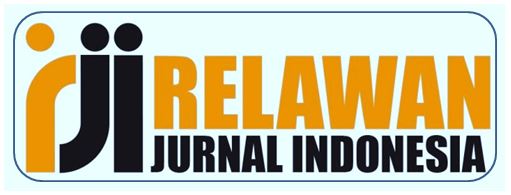Simile As An Effective Literary Device in the Vietnamese-English Translation Equivalent
Abstract
Many Vietnamese writers have recognised the utility of literary devices to beautify the artistic features in written texts. Like other rhetorical devices, simile plays an essential role in bringing meaningful values close to the readers. The research aims at identifying the usage of simile in the translation equivalents between Vietnamese and English in De men phieu luu ky and its translated version Diary of a cricket. From analysing 108 sentences by the descriptive qualitative research, the findings showed that (1) The high frequency of using the complete form of simile to express the figure of speech. (2) The imbalance in the translation rate between two languages and the most popular simile word of like usage in English translated text. (3) The variables of comparative words and themes used in the target text show the same meaning in the source text. Those conclusions shed light on the quality improvement on the target text, especially in both translator's training and further translation education.
Downloads
References
Azizah, W. (2019). The analysis of Similies in Harry Potter and the Sorcerer’s Stone by JK Rowling. In Bogor English Student and Teacher (BEST) Conference, 1(1), 35-39.
Atieno, O. P. (2009). An analysis of the strengths and limitations of qualitative and quantitative research paradigms. Problems of education in the 21st century, 13(1), 13-18.
Bates, L., Lane, J., & Lange, E. (1993) Writing clearly: Responding to student writing. Boston: Heinie.
Beidel, D. C., Frueh, C., & Hersen, M. (2014). Adult psychopathology and Diagnosis (4th ed.). New Jersey: John Wiley & Sons.
Bolaños Cuéllar, S. (2007). Source language text, paralell text, and model translated text: A pilot study in teaching translation. Forma y Función, (20), 225-252.
Carston, R., & Wearing, C. (2011). Metaphor, hyperbole, and simile: A pragmatic approach. Language and Cognition, 3(2), 283-312.
Cassuto, L. (2018, May 28). On the Dissertation: How to Write the Introduction. The Chronicle of Higher Education. https://www.chronicle.com/article/On-the-Dissertation-How-to/243507.
Chanh, N. H. (2021). Aiding the translation process with affixal analysis – a case study in “The Old Man and The Sea”. Ho Chi Minh City University of Education Journal of Science, 18(4), 592-603.
Chanh, N. H. (2021). Students’ perspectives in utilizing the affixation to learn English vocabulary: A case study at Can Tho University. Turkish Online Journal of Qualitative Inquiry. 12(3), 834-864.
Crowther, J. (ed.). (1992) Oxford advanced learner’s dictionary. Encyclopedic edition. Oxford: Oxford University Press.
De Mendoza Ibáñez, F. J. R. (2020). Understanding figures of speech: Dependency relations and organizational patterns. Language & Communication, 71(1), 16-38. https://doi.org/10.1016/j.langcom.2019.12.002
Fadaee, E. (2013). Translation techniques of figures of speech: A case study of George Orwells 1984 and Animal Farm. International Journal of English and Literature, 1(8), 174-181.
Genette, G. (1997). Paratexts: thresholds of interpretation. Cambridge: The University of Cambridge. pp. 1–2. ISBN 9781107784321. OCLC 867050409. https://books.google.com.vn/books?id= AmWhQzemk2EC&pg=PR18&redir_esc=y#v=onepage&q&f=false.
Geng, R., & Wei, J. (2015) Application of the concept of defamiliarization in translation studies: Case studies of the translation of film titles. Journal of Language Teaching and Research, 7(1), 192-197.
Hamuddin, B., Syahdan, S., Rahman, F., Rianita, D., & Derin, T. (2019). Do They Truly Intend to Harm Their Friends?: The Motives Beyond Cyberbullying among University Students. International Journal of Cyber Behavior, Psychology and Learning (IJCBPL), 9(4), 32-44.
Hermans, T. (2003). Cross-cultural translation studies as thick translation. Bulletin of the School of Oriental and African Studies, University of London, 66(3), 380-389.
Hurford, J. R. & Heasley, B. (1983). Semantics: a coursebook. Cambridge: Cambridge University Press.
Hurford, J. R. & Heasley, B. (1983). Semantics: a coursebook. Cambridge: Cambridge University Press.
Kautsari, A. F. (2019). Techniques of translating Simile from English to Indonesian in Capote's breakfast at Tiffany's (Doctoral dissertation, UNNES).
Kandenan, E. (2017). Simile & Metaphor in Translation: A Study on Students ‘Translation of Amy Tan‘s―Two Kinds‖ Short Story. Salatiga-Universitas Kristen Satya Wacana.
Kallet, Richard H.(2004). How to Write the Methods Section of a Research Paper. Respiratory Care 49 (October 2004), 49(10), 1229-1232.
Larson, M. L. (1984). Figurative propositions/metaphors and similes. In Meaning-based Translation: A Guide to Cross-language Equivalence, 246-255. Lanham, Mar. University Press of America.
Li, F., Ran, S., & Xia, T. (2010). Translation of words with cultural image. Journal of Language Teaching and Research, 1(5), 694-700.
Maharani, S. A. I. (2016). Translation Strategy of Figure of Speech in Short Story. Lingual: Journal of Language and Culture, 2(2), 84-91.
Myers, G. (1994). Words in Ads. London: Edward Arnold.
Pierini, P. (2007). Simile in English: From Description To Translation. CÍRCULO de Lingüística Aplicada a la Comunicación (clac), 29(1), 21-43.
Putri, S. E., Hamuddin, B., Nursafira, M. S., & Derin, T. (2020). Discourse Analysis in E-Learning-Based Course Using Moodle Platform: An Experimental Design. REiLA: Journal of Research and Innovation in Language, 2(1), 19-26.
Radich, Michael. (2020). A Student's Guide to Writing in East Asian Studies. (Cambridge, MA: Harvard University Writing n. d.), 35-37.
Reiss, K. (1971). Möglichkeiten und Grenzen der Übersetzungskritik. München: Max Hueber Verlag. Erroll F. Rhrodes (Trad. Ing.), (2000). Translation Criticism –The potentials and Limitations. Categories and Criteria for Translation Quality Assessment. New York / Manchester, American Bible Society / St. Jerome Publishing.
Richards, J. & Schmidt, R. (2010) Longman dictionary of language teaching and applied linguistics. Pearson Education Limited.
Sam, G., & Catrinel, H. (2006). On the relation between metaphor and simile: When comparison fails. Mind & Language, 21(3), 360-378.
Shi, X. (2014). The English Film Title Translation Strategies. Journal of Language Teaching & Research, 5(3), 606-610.
Song, Y. (2020). Simile and Metaphor Interpretation in Children. English Language Teaching, 13(4), 91-103.
Staiger, D. L. (2009). What Today’s Students Need to Know about Writing Abstracts. International Journal of Business Communication January 3 (1966): 29-33; Swales, John M. and Christine B. Feak. Abstracts and the Writing of Abstracts. Ann Arbor, MI: University of Michigan Press
Starodedova, L. (2019). Problems of Poetic Translation in European Translation Studies. Journal of Danubian Studies and Research, 9(1), 305-315.
Szuchman, L. T., & Thomlison, B. (2010). Writing with style: APA style for social work. Cengage Learning.
Thahara, Y. (2015). Translation Techniques of Simile in The Novel Angels & Demons to Malaikat & Iblis. Journal Online Universitas Abdurachman Saleh, 5(1), 9-21.
Wisnita, A. E. (2019). Metaphor and Simile in English Context: Do they know the differences?. REiLA: Journal of Research and Innovation in Language, 1(2), 55-60.
Zuba, J. (2016). Conclusion: Making Introductions. In The First Book: Twentieth-Century Poetic Careers in America (pp. 154-168). PRINCETON; OXFORD: Princeton University Press. Retrieved from http://www.jstor.org/stable/j.ctt1dr359b.10.










